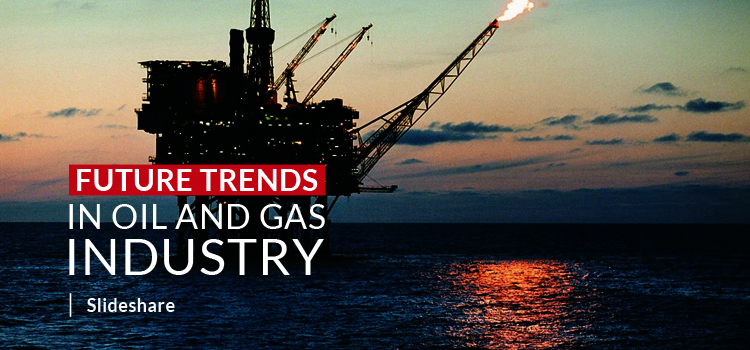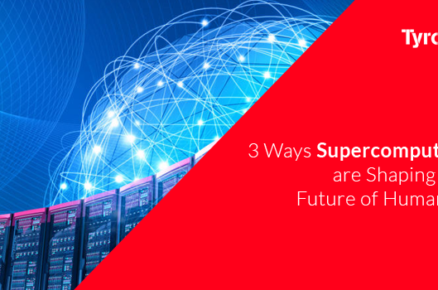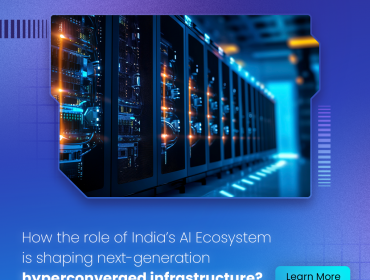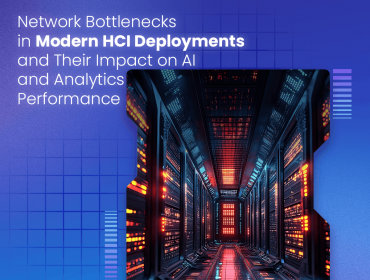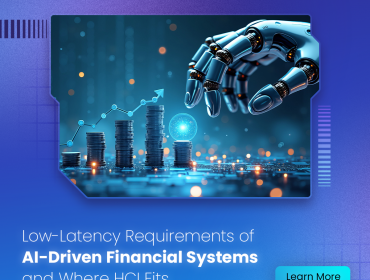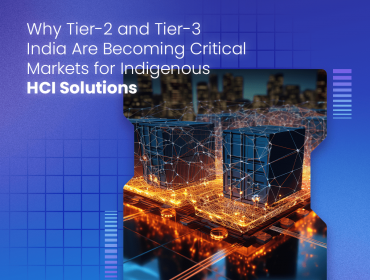With technology touching upon all the industries, the oil and gas sector is also undergoing changes in the same direction that can contribute to the growth and development of the sector at an increasing pace.
The present day in the sector is demanding the adaptability of new changes in the market as to keep a track of the competitor, manage growth parameters and evaluate the turnover.
It would be better if we get acquainted with the future trends in the oil and gas industry that will play a big role in making of companies strategies for delivering growth.
- Adoption of Cloud-First Strategy: The oil and gas companies are now moving to cloud-based platforms where they can host their business applications related to areas like sub-surface, land and production systems. All the new workload and innovation projects are mostly being taken up in the cloud, where IT is allowing infrastructure management, data interfacing with on-premise legacy systems and security management. The businesses are expecting ever greater control and self-service to be provided by applications using analytics and Artificial Intelligence (AI), the trend is moving towards 100 percent cloud adoption of all new applications within the years coming.
- Ope-rationalizing Digital Representations of Physical Assets: The Asset Performance Management (APM) and “digital twin” initiatives are taken to converge, drive the development of innovative new solutions for managing critical assets across upstream and downstream operations. As the approach of companies’ for asset management is to focus majorly on risk and reliability, long-term programs and initiatives are being taken to source, ingest, manage and interpret asset operational data and performance KPIs in real time. These initiatives include sub-surface visualization to well-drilling, from production field assets to mid-stream pipeline corrosion and static refinery assets, and more. Augmented and Virtual Reality technologies are playing a crucial role alongside the APM tools and applications. Moreover, real-time asset and worker tracking solutions are becoming mainstream, as companies are taking worker safety and productivity seriously than ever.
- Higher Adaptability of IoT Devices and Edge Computing: The acceptance of sophisticated sensors with a large proportion of the resulting data being collected from edge computing devices and managed by “data historians” as the core data system will continue by the oil fields and downstream plants. To enable data from the legacy instrumentation to be shared and synergized on the IoT platforms, new interoperability and data interface protocols will be created. Adding to it, IT will play a growing role in managing the device connectivity, data processing and application workloads both on the edge IoT platforms and the cloud, as well as their inevitable two-way interactions with other Enterprise IT and OT systems.
These trends will help to influence innovations in many areas of the business with relative timing and costs of these innovations varying widely.


